Score: 5/10 (Mediocre) Pros Unique design is a breath of fresh air, excellent battery life. | Cons Display is downright painful to look at, awfully slow processing speeds, mediocre cameras, clunky and ugly software experience. | Even since they became crazy popular (thanks to the iPad) in 2010, the design of tablets hasn't changed much at all. They've gotten lighter, thinner, and smaller, but the overall design has remained mostly the same. Lenovo has had enough of the stale, boring designs of tablets, and is looking to revolutionize the tablet PC market with their latest product: the Lenovo Yoga Tablet. The Lenovo Yoga Tablet utilizes a unique battery cylinder and kickstand to set itself apart from other tablets on the market, but after a couple weeks of use with the Yoga Tablet, that's about all it gets right. Is the Lenovo Yoga Tablet worth your hard-earned cash? Find out in our full review!
NOTE: The Lenovo Yoga Tablet comes in 2 models, the Yoga Tablet 8 and the Yoga Tablet 10. For the sake of time, convenience, and since they are the exact same machines (save for the difference in screen size), we reviewed both of the tablets as one, single product.
Design/Build Quality The design of the Yoga Tablet is easily the biggest, and one of the best, things that it has going for it. Along with the super-thin body, the Yoga Tablet is equipped with a battery cylinder and kickstand that allow you to use the machine in three different ways. The first of those three modes, the most traditional one, is Hold mode. For those of you that aren't sure what Hold mode is, let me enlighten you. It is when you hold the Yoga Tablet in one hand, and perform actions on the screen with your other hand. Mind blowing, huh? All joking aside, the Yoga Tablet feels superb in the hand. Thanks to the battery cylinder and evenly distributed weight, the Yoga Tablet is easily one of the most comfortable tablets I have ever held in my little, slender hands. The second method of use with the Yoga Tablet is Stand mode. Stand mode is enabled by opening the kickstand on the back of the Yoga Tablet, and propping it up on a table, desk, or other flat surface. You can prop up other tablets to perform this same task, but that requires the use of an additional accessory. Having a kickstand to prop the device up built directly into the Yoga Tablet proved to be quite useful and convenient at times, and is certainly a very big high point for the machine. The third, and final mode of use for the Yoga Tablet, is Tilt mode. Because of the battery cylinder, the Yoga Tablet does not lie flat when you set it down. In the Yoga Tablet's case, it is always tilted up just a bit because of its protruding cylinder. While this may annoy some, I found it to be very practical. I took the Yoga Tablet to a dinner meeting I attended one evening, and I found that the tilted screen made taking notes and updating my calendar much easier than if the tablet was lying flat on its back. Tilt mode also came in handy when browsing the tablet while it was resting in my lap. While laying on my couch for late-night skimming of Facebook and Google+, the angled screen made using the device more comfortable, and viewing the screen easier as well. Along with the battery cylinder and kickstand, there is another design element that Lenovo is advertising with the Yoga Tablet. The Yoga Tablet features a pair of front-facing Dolby Digital Plus DS1 speakers. While the speakers sound fine, they don't come close to the sound quality of something like the HTC One with BoomSound. The placement of them on the front is a nice addition, but don't expect anything revolutionary from them. Hardware Although the design may be superb, the same cannot be said about the hardware. The first issue with the Yoga Tablet is the display. Both the Yoga Tablet 8 and Yoga Tablet 10 have the same 1280 x 800 IPS pixel resolution for their displays. On the Yoga Tablet 8, the screen is passable, but still lacks the quality of higher resolution displays. Text is a bit fuzzy, colors can be muted out at times, and video and games don't look all that sharp. That same resolution on the 10-inch screen of the Yoga Tablet 10 looks downright awful. Looking at the screen on the Yoga Tablet 10 actually put a strain on my eyes after using it for a prolonged period of time, due to just how bad it really does look. Unfortunately, the story doesn't get any better when it comes to performance. Both models of the Yoga Tablet have a 1.2GHz quad-core MTK 8125 CPU and 1GB of RAM. With these processing specs, the Yoga Tablet ends up feeling slow. Browsing the Web is met with a bit of stutter, using applications never felt like a speedy process, and playing high-end games such as Riptide GP2 was simply not possible. The Yoga Tablet never felt like a fast machine, and for a device that Lenovo is calling a "revolutionary multimode tablet", that is something that is not acceptable at all. The cameras on the Yoga Tabet are just more of the same story. The Yoga Tablet features a 5MP camera on the back as well as a 1.6MP shooter on the front. Neither of the cameras impressed me at all, and both take sub-par still pictures and video. In the end, that's about all that can be said. While the Yoga Tablet may have some pretty bad hardware specs, there is one area where it shines. That area, is battery life. The Yoga Tablet 8, which has a 6,000 mAh battery, and the Yoga Tablet 10, which has a 9,000 mAh battery, were both able to get through multiple days of use on a single charge. The total screen on/usage time equaled out to a little over 10 hours with both tablets, and that's pretty darn good. Software Out of the box, the Yoga Tablet is running Android 4.2.2 Jelly Bean. On their Website, Lenovo mentions that the Yoga Tablet is ready to be updated to future iterations of Android, but don't get too excited just yet. While an update to KitKat would be a welcome addition on any device, Lenovo has modified the Android operating system in some mighty odd, and ultimately irritating, ways. The first of those modifications is with the app drawer, or rather the lack there of it. The standard Android OS includes multiple home screens of which you can customize to your heart's content, as well as an application drawer which holds all of your installed software. With Lenovo's customer skin that they've layered over Android, they have completely removed the app drawer, and instead have placed all of your installed apps on the home screens of the device. Some may think that this makes the device simpler to use, but in reality, it makes things much more complicated and inconvenient. Lenovo's skin also looks, well, ugly. App icons are very large and also have a bit of a cartoony look to them. In terms of pre-installed software, Lenovo has bundled in AccuWeather, Skype, Navigate 6, Norton Mobile Security, Amazon Kindle, and Kingsoft Office. Another software addition with the Yoga Tablet is the Smart Side Bar. When switching between Hold, Stand, and Tilt modes on the Yoga Tablet, a menu automatically pops out from the side of the screen. From this menu, you have instant access to certain features and applications. On paper, the idea may sound like a nifty idea, but I never once found myself actually taking advantage of this ultimately useless feature. Final Verdict Like previous Lenovo tablets I've reviewed here on MobileCupOfJoe, the Yoga Tablet fails to impress me. The Yoga Tablet's design and battery life are some of the best you're going to find on the market, but those are the only two redeemable factors for the device. With a low-res display, sluggish performance, mediocre cameras, and irritating software, the Yoga Tablet ends up being nothing more than a cheap, budget tablet with a unique design and long battery life. The Yoga Tablet 8 starts selling for just $249 and the Yoga Tablet 10 has a starting price tag of $299. And, at the end of the day, you end up getting exactly what you pay for.
Score: 8/10 (Great) Pros 5.2-inch 1080p HD display is one of the best we've ever seen, Snapdragon 800 CPU blows all other processors out of the water, 13MP camera with OIS takes beautiful photos, surprisingly great call quality. | Cons Plastic body feels quite cheap, rear button placement is awkward, inconsistent battery life, LG's custom software feels bloated and intrusive. | This holiday season, you are going to have a lot of options to choose from if you are looking to buy a loved one a new smartphone. While choice is a great thing to have in a market, it can also make deciding what phone to get a very daunting task. One of the phones that you will have the choice of choosing is the LG G2. The G2 was released by LG back in September, and is still packing in some of the most insane specifications we have yet to see on a mobile phone. Can the G2's specs carry it through this holiday season as the best gift for your tech-savvy friend or family member? Find out in our full review! Design/Build Quality Although the LG G2 is packing in impressive specs, the same cannot be said for its design. The LG G2 is made entirely out of a glossy, black plastic, and to be frank, it looks quite ugly. The back and sides of the phone attract fingerprints and grease without any issue, and can make getting a firm grip on the G2 a bit of a challenge. Thankfully, there are two gentle curves on both sides of the back, and make the G2 rest fairly nicely in the palm of your hand. With that said, I miss the flat, glass back of the original Optimus G. Although the glass attracted fingerprints as well as the plastic on the G2, it gave the phone a bit of an elegant feel to hold in the hand. The glossy plastic on the G2 just feels cheap, and very reminiscent of a Samsung product. And while the G2 may feel like a Samsung phone with its plastic construction, it is still lacking expandable memory. The G2 is available in both 16/32GB storage options, but you won't find any microSD card slot on this phone here. When it comes to the design of the G2, the real story lies in the placement of the hardware buttons. Unlike standard smartphone designs where manufacturers place the power button and volume rocker on either the sides of top of the phone, LG has taken those buttons, and thrown them onto the back of the G2. Below the camera lens you will find the G2's volume rocker and power/lock button in the middle of that. LG justifies the unconventional placement of the buttons by saying that it is more ergonomic to have buttons on the back of the phone, rather than on the side. So, does LG's claim hold true in real-world use? The answer, is no. Even after using the handset for more than a week, I still found it incredibly awkward to adjust my volume or lock my screen by pressing a button the back of the phone. It also caused for some frustration when I would lock my phone when I meant to adjust the volume of a video I was watching. LG gets some props for trying to bring a unique design element to the table with the G2, but I have to hold out for hope that LG will return the buttons to their standard spot with the G3, whenever that is released. Hardware Although the placement of the hardware buttons on the G2 aren't the best for adjusting your volume and locking your phone, they do bring along one huge benefit. And that benefit, is the screen bezel (or rather, the lack there of it). Since there are no hardware buttons on the side of the G2, LG has managed to create an edge-to-edge display on the G2 unlike anything we've seen before. Combine this with the 1920 x 1080p FHD resolution with 424 pixels per inch, and you're looking at a damn nice display. Watching videos, playing games, and browsing the Web feels outstanding on the G2's display. We've seen 1080p FHD screens before, but the G2 is easily one of the best I've used to date. You know how I said that playing games on the G2 is outstanding? Well, while part of that has to do with its display, another big part of it has to do with its processor. The LG G2 is one of the first phones in the US to be rocking Qualcomm's Snapdragon 800 quad-core CPU clocked at 2.26GHz. This, along with the G2's 2GB of RAM, make it one of the snappiest phones I have ever used. Playing graphically intense games like Riptide GP2, streaming HD video, browsing the Web, taking pictures, multi-tasking, and more is all an incredibly fast and smooth experience on the G2. The LG G2 hits a high point yet again with its camera. The G2 features a 13MP rear-facing camera with Optical Image Stabilization, as well as a 2.1MP camera on the front. The inclusion of OIS with the rear-camera allows for more stabilized and crisper images, as well as clearer low-light photos. In my testing with the phone, I was very impressed with the camera performance of the G2. Colors are represented accurately, details are sharp, and everything just turns out looking great. The camera is also no slouch when it comes to software features. The LG G2's camera packs in features for HDR, Panorama, VR Panorama, Beauty Shot, Time Catch Shot, and Cheese Shutter, just to name a few. If you're looking for a great performing camera in your next smartphone, the G2 is most definitely worth checking out. The version of the LG G2 that I reviewed was running on Verizon's nationwide 4G LTE network. Call quality was surprisingly great for an LG phone, with excellent quality on both ends of phone conversations and never running into a dropped call. Data speeds were great as well. My download speeds on Verizon's 4G LTE network averaged out at 24Mbs with upload speeds averaging out at around 6Mbps. The LG G2 is packing in a rather large 3,000 mAh non-removable battery. In one of my full days of use with the phone, I was able to squeeze out 15 hours and 32 minutes of usage time with heavy-to-moderate texting, social networking, emailing, streaming YouTube videos, and playing Riptide GP2. With that said, I ran into some pretty big issues on another day of use with the phone. On one of my other full days of use, I only got 8 hours and 22 minutes of total usage time from the G2. This included the exact same usage as the previous day, with the inclusion of about 30 minutes of picture-taking. I ran into this same type of inconsistent battery drainage throughout my entire week of using the phone. For a phone who's other hardware specs are all at the top of their game, it was very disappointing to see the battery perform so weakly. Software The LG G2 is running Android 4.2.2 Jelly Bean out of the box, and is planned to get updated to Android 4.4 KitKat in the near future. However, LG has layered their Optimus UI over Android, and brings along buckets of software features and a cartoony appearance similar to that of Samsung's TouchWiz. Unfortunately, LG's custom interface just seems to get in the way of the overall Android experience. One of the best examples for how LG's software intrudes on Android is in how it handles multi-tasking. Along with the standard multi-tasking feature with Android Jelly Bean, LG has included QSlide and SlideAside for your multi-tasking needs. QSlide allows you to use a handful of smaller apps (e.g. Calendar, Calculator, Voice Mate, Email, etc.) over whatever else you have going on with the phone. The second multi-tasking feature, SlideAside, allows you to hide apps by swiping on the screen to the left with three fingers. After you've done this to three applications, you can swipe with three fingers to the right to hop into them again. While they may sound good on paper, I did not use these features even once when testing the phone. I toyed around with them when I first got the phone in to review, but soon forgot about them as they are far less productive and proactive than the standard multi-tasking feature found on all Android phones. Other software goodies thrown in by LG include Richnote, Quick Remote, Quick Translator, Notebook, Voice Mate, Smart Screen, Smart Video, and more. Using the LG G2 for a little more than a week made me desperately miss the simplicity of stock Android. Final Verdict In the intro to this review, we posed the question of whether or not the LG G2 would be a good choice of a gift for someone you know who wants/needs a new smartphone. And to answer that question, it certainly is worth taking a look at. The G2 has some of the absolute best hardware specifications we've seen on a phone this year, and they should be more than enough to carry you through two full years of use. However, because of its flawed design, battery life, and overall software experience, the G2 is held back from being a home run.
Score: 7/10 (Good) Pros Stylish design, 720p HD display is bright and colorful, expandable storage up to 32GB, strong 1800 mAh battery, dual-SIM, near-stock Android experience, no bloatware price cannot be beat. | Cons Slower processing speeds, 8MP rear-facing camera doesn't impress, poor call quality, no sign of being updated to future iterations of Android. | Apple, Samsung, Nokia, LG, Motorola, HTC, and Sony. These are the names of the biggest and baddest smartphone manufacturers out there. When you're in the market for a new handset, you're more than likely going to be picking a smartphone from one of the companies that is mentioned above. This is because these companies' smartphones are released with service carriers, have big marketing campaigns, and the manufacturers have been in the industry for many, many years. The phone I am going to be reviewing today has none of that. You won't find the BLU Life Play on any carriers, you won't see any advertisements for it, and BLU has only been in the smartphone business since 2009. With that said, the Miami, Florida-based company has proven that you don't need big advertising or years of experience to still be able to kick out some pretty solid smartphone offerings. The BLU Life Play, one of the company's latest smartphones, is rocking a 4.7-inch 720p HD display, quad-core processor, 8MP camera, and Android 4.2 Jelly Bean for the low, low price of just $220 completely unlocked. Does the BLU Life Play have what it takes to stand up to the other big, bad smartphones out there on the market? Find out in our full review! Design/Build Quality One of the areas where the BLU Life Play impresses me the most is in its design. While it may not be revolutionary with its all plastic construction, the Life Play proves that a phone doesn't need a high price tag to have a solid build quality and design. Measuring in at just 7.9 millimeters thin, the Life Play looks incredibly slim and trim. This, along with the phone's beautifully rounded corners, make the handset feel great in the hand. The phone also looks really good. With the choice between Blue, Grey, Pink, White, and Yellow color variants, the Blue Life play has an option for everybody. I got the Blue BLU Life Play, and it is actually quite striking. Most smartphones that are released are only available in stale black and white color options, so bright colors like blue, yellow, and pink really makes the phone stand out from the rest of the crowd. Hardware The BLU Life Play is rocking a 4.7-inch 1280 x 720 HD display with a total of 312 pixels per inch. Although it isn't 1080p FHD, I'd be lying if I said that I was disappointed with the display on the Life Play. Colors on the Life Play's screen are vibrant and text is easy to read. Since the phone's display is an IPS panel, blacks aren't quite as deep as you'd find on a phone with an AMOLED panel, but they still look fine. All-in-all, especially for the price, the Life Play has a great display. While the screen may be solid, I can't exactly say the same thing about the processing speeds. Although the BLU Life Play has a 1.2GHz quad-core Cortex-A7 CPU and 1GB of RAM, I found that the phone could be a bit slow at times. Swiping through home screens and browsing the Web is generally a smooth experience, but there were a few occasions where I did notice some instances of lag. The processor really shows its lack of power though when it comes to playing games. Although still playable, every game I threw at the phone was met with slow frame rates that take away from the overall enjoyment of gaming on the phone. This is one area when the cheapness of the phone shows itself in a negative manner. One area where the Life Play hits it right though is with its storage. Although the BLU Life Play only packs in 4GB of internal storage, popping off the back cover will reveal a microSD card slot which allows you to expand your memory up to 32GB. As phones are continually released, it seems like expandable storage is a feature that we see less and less, so I really appreciated having it on the phone. Another area where the Life Play struggles is in its optics. The BLU Life Play is equipped with an 8MP rear-facing shooter, as well as a 2MP camera on the front. The pictures that the Life Play takes aren't horrible, but they aren't great either. Details in pictures are fuzzy, shots taken in low-light situations produce a lot of digital noise, and I often had trouble focusing the camera in on the object I was trying to take a picture of. In regards to the camera's software, the Life Play includes your standard set of features such as HDR, Panorama, Smile shot, and Best shot, as well as a list of color and phone booth effects. The Life Play doesn't have the most groundbreaking camera software we've seen on an Android handset before, but it should satisfy most people with the features that it does offer. Call quality on the BLU Life Play was a tad disappointing as well. When talking on the phone, I found that I had to hold it just a certain way against my ear to fully hear what was being said through the speaker. The audio is a tad quiet compared to other phones on the market, and the quality isn't the best either. Thankfully, the Life Play gets some points for being a dual-SIM handset. The Life Play has one Micro-SIM and one Standard-SIM card slot for the preferred GSM network(s) of your choice. This is especially useful for when you travel out of the country, as you will be able to pop in a temporary SIM card from that country without having to remove your primary one from the phone. Another high note of the BLU Life Play is its battery. The Life Play features an 1800 mAh removable battery, and why that may sound small in 2013, I was actually quite pleased with the battery performance I got out of the Life Play. After a solid day of a constant Bluetooth connection, 3G data, email, Facebook, Snapchat, and Instagram, I had 13% battery life remaining after 11 hours and 30 minutes of use. For a battery this small, and with the phone having a price this cheap, I was very happy with the usage time I got out of the Life Play. Software The BLU Life Play is running Android 4.2.1 Jelly Bean out of the box, and is running a fairly stock-looking version of Android at that. Aside from some tweaks in the settings and messaging apps, the overall look and feel of the user-interface is very similar to that of stock Android Jelly Bean. Unfortunately for the Life Play though, there doesn't look to be any talk or plans for it to be updated to Android 4.3 Jelly Bean or 4.4 KitKat. Although BLU hasn't officially ruled it out, the company hasn't been that well known for keeping all of their devices updated to the latest and greatest version of Android.
Since the Life Play is an unlocked handset, there is virtually no bloatware pre-installed on the device. The only apps that BLU bakes into the phone's software are Compass, FM Radio, Music, and Torch (flashlight). Aside from those 4 applications, the is no other bloatware to speak of on the Life Play.
Final Verdict Although the BLU Life Play may have its obvious flaws, there is one thing that we cannot overlook: The price. The BLU Life Play can be picked up off of Amazon for just $210 completely unlocked. Phones like the HTC One, Samsung Galaxy S4, and Apple iPhone 5S cost at least $600 unlocked. The BLU Life Play costs 1/3 of that price. When you consider the insane amount of value you're actually getting out of the phone, its shortcomings become a bit more understandable. It isn't the fastest phone, it doesn't have the best camera, its call quality isn't amazing, and you probably won't see it get updated to the latest version of Android, but the phone only costs $210. However, the Life Play also has a great design, beautiful 720p HD display, expandable storage, dual-SIM card slots, an impressive battery, and costs just $210. If you're in the market for a new unlocked phone, don't want to spend a lot of cash, but still want to get relatively decent specifications, you really can't do much better for than the BLU Life Play. When placed next to something like the Samsung Galaxy S4, the thing doesn't have a chance. However, that isn't BLU's goal with this phone. BLU made the Life Play to offer solid specs in a sexy design for a cheap price. And at that, they most certainly succeeded.
|
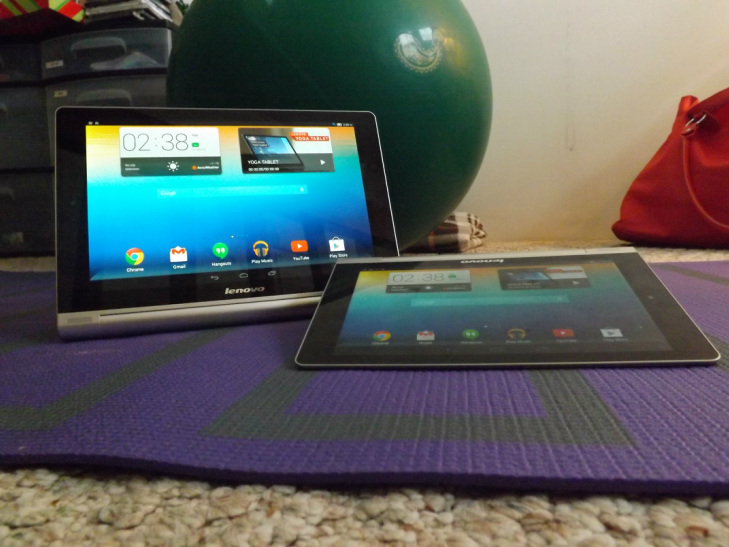
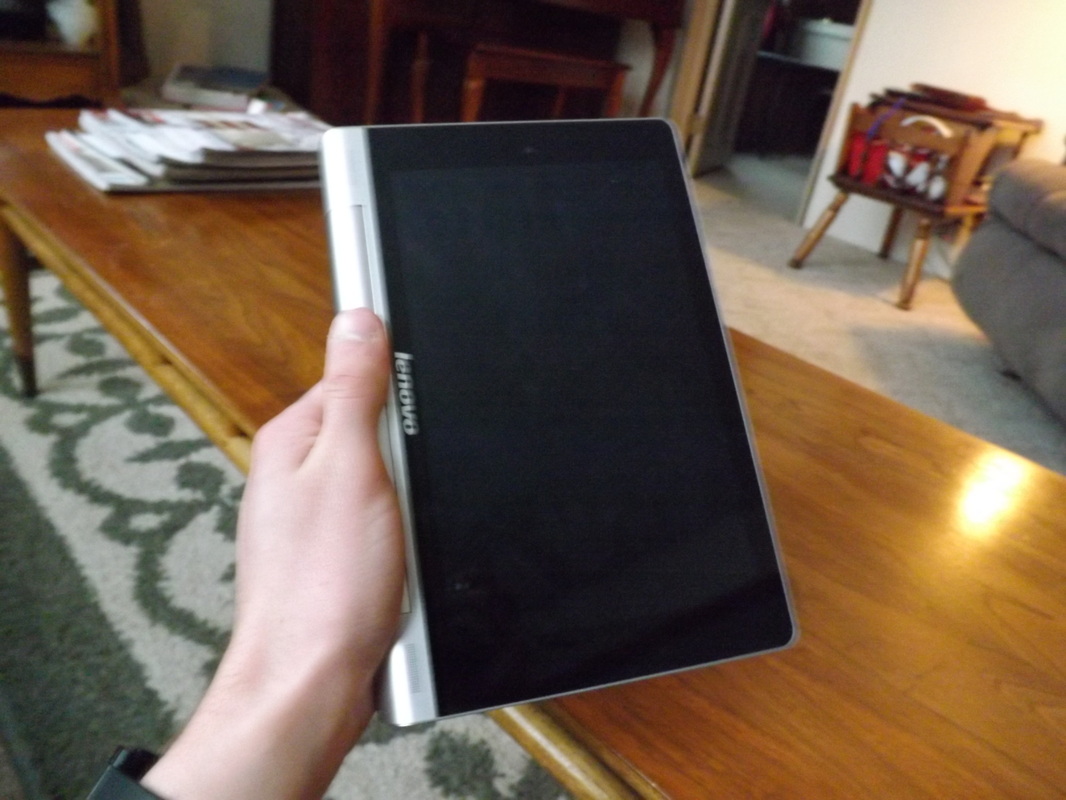
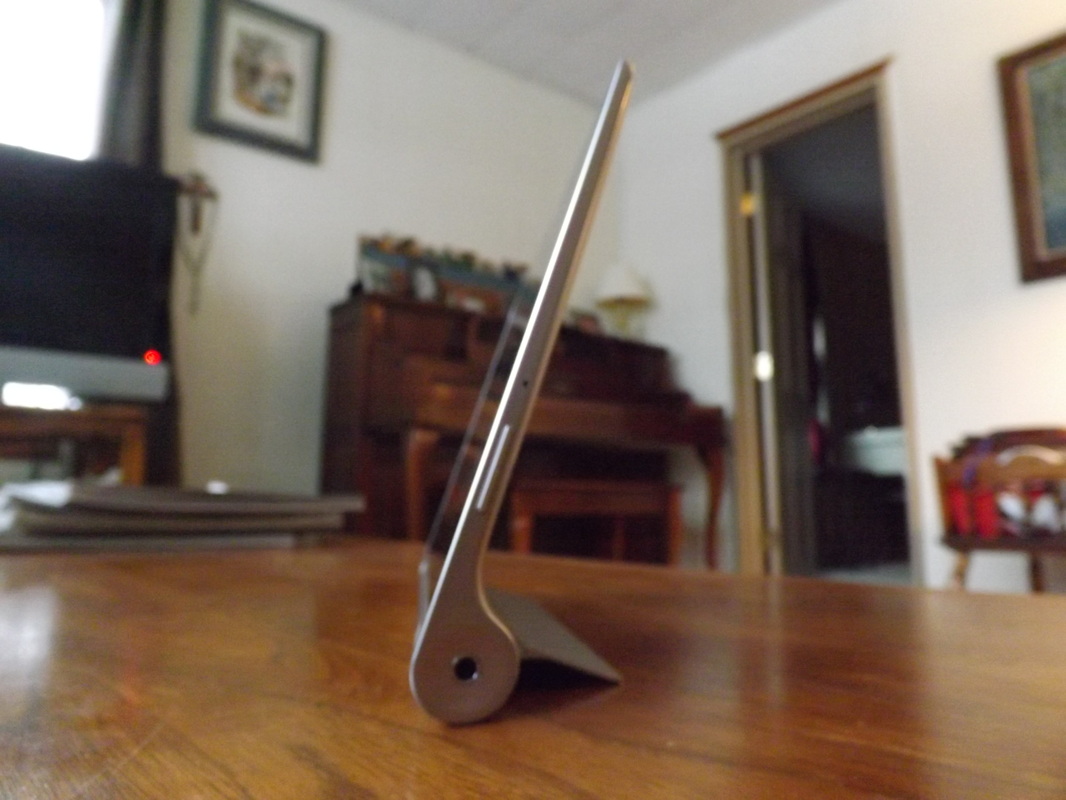
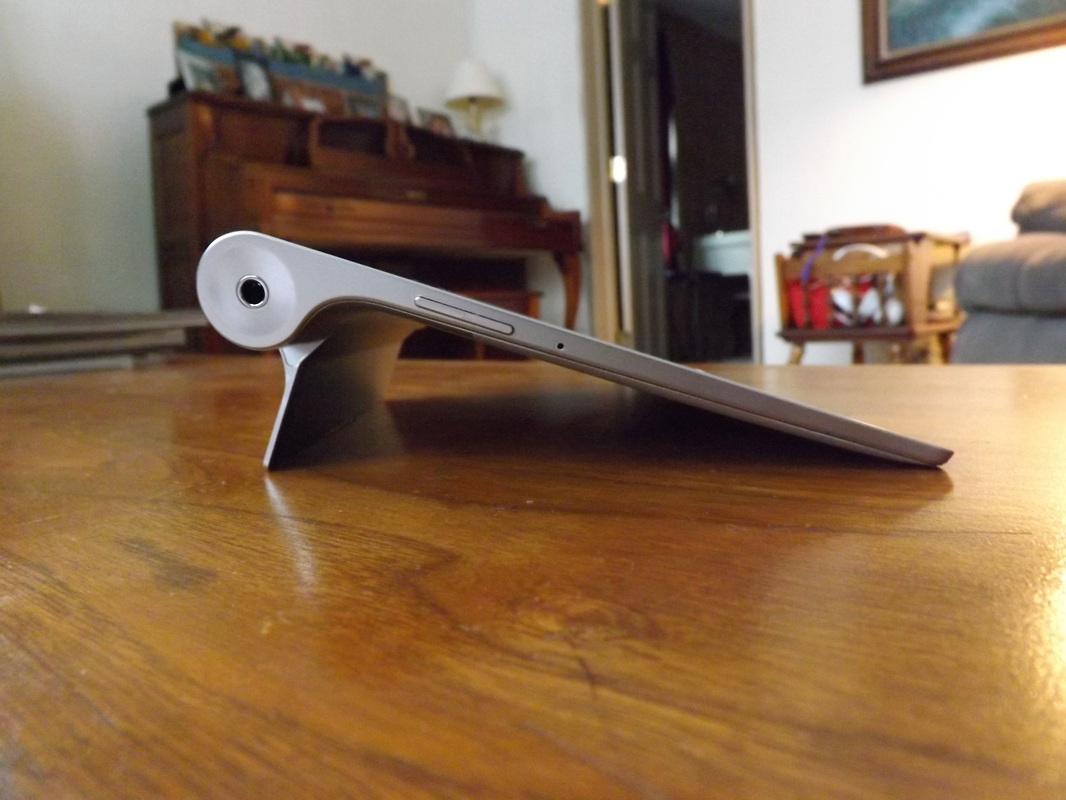

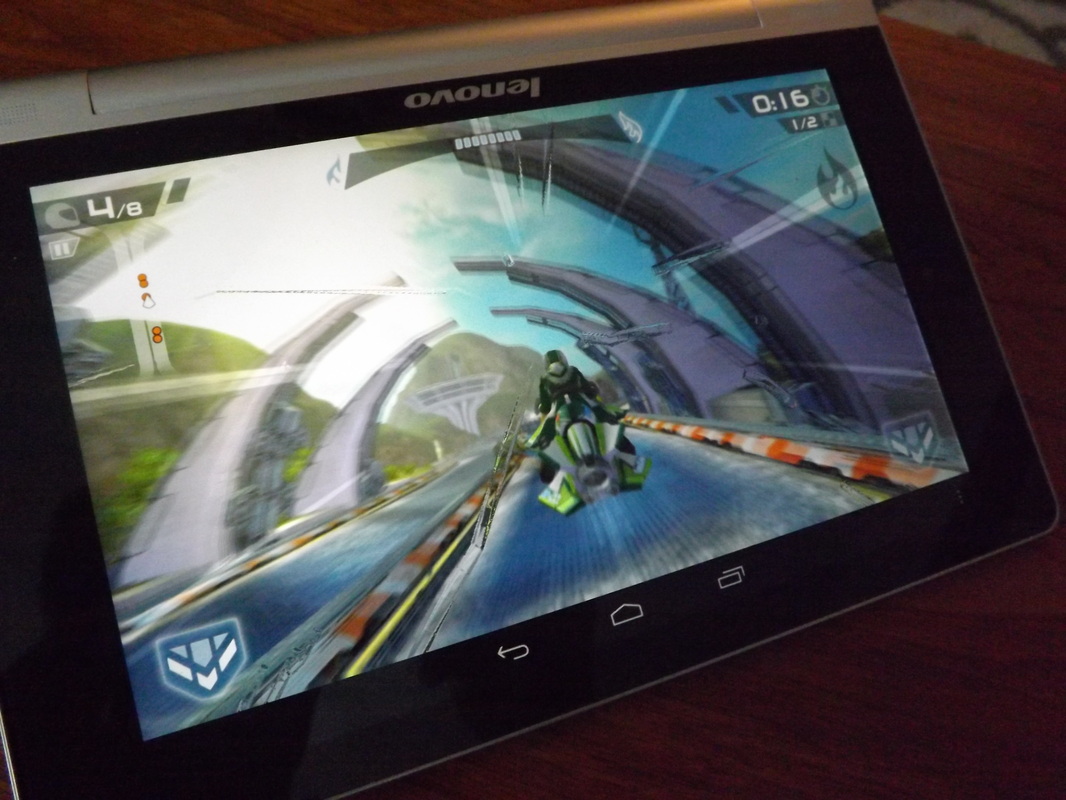
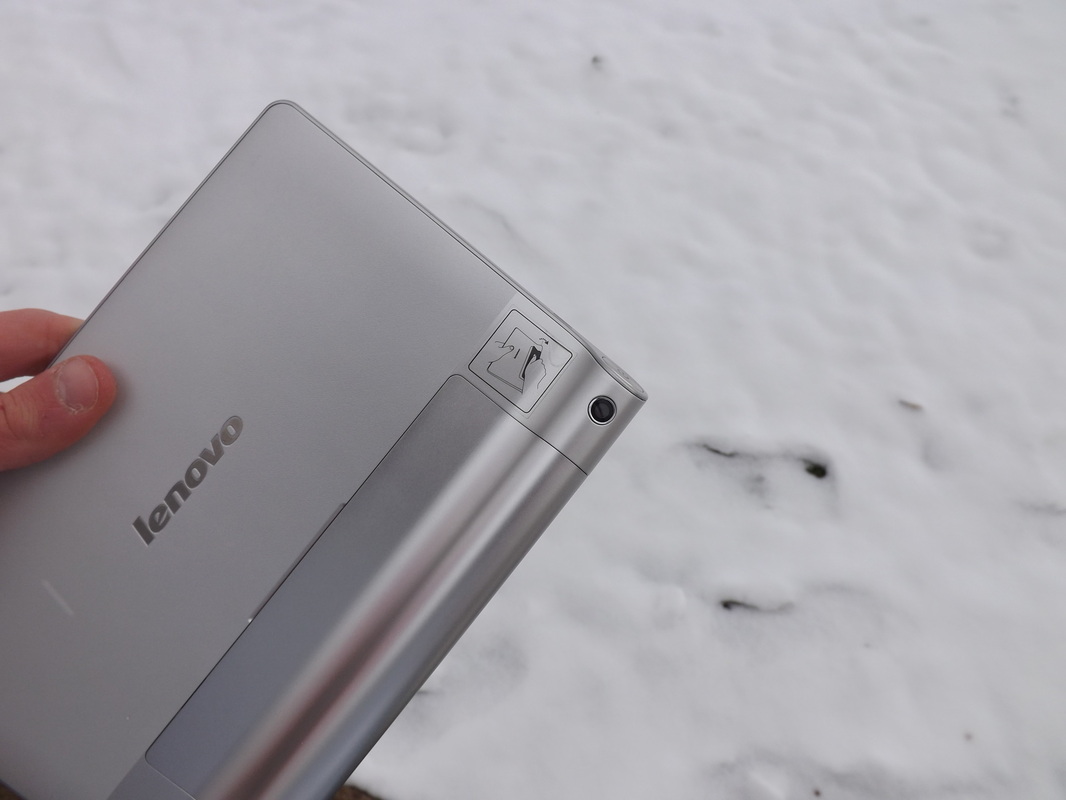
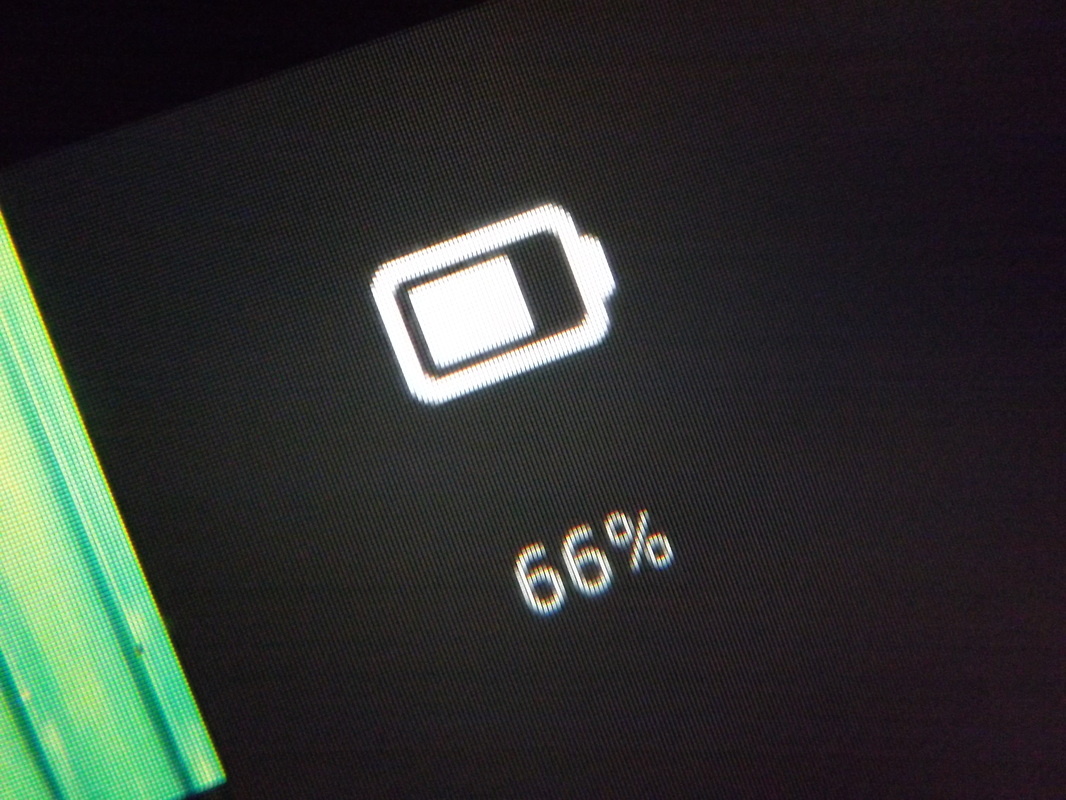
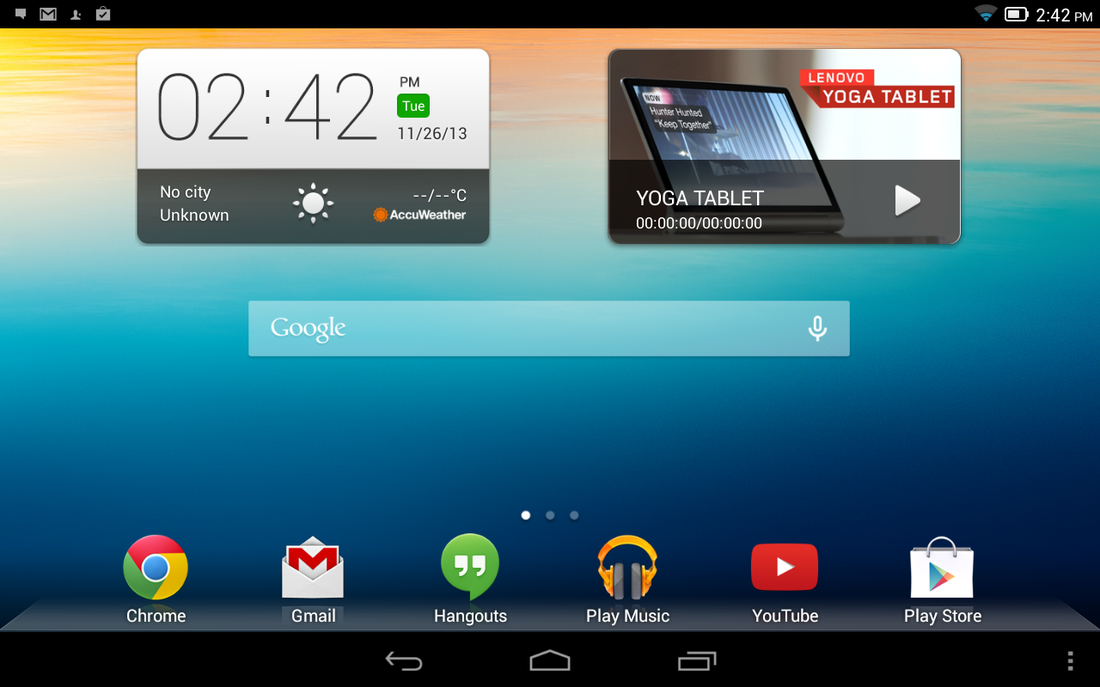
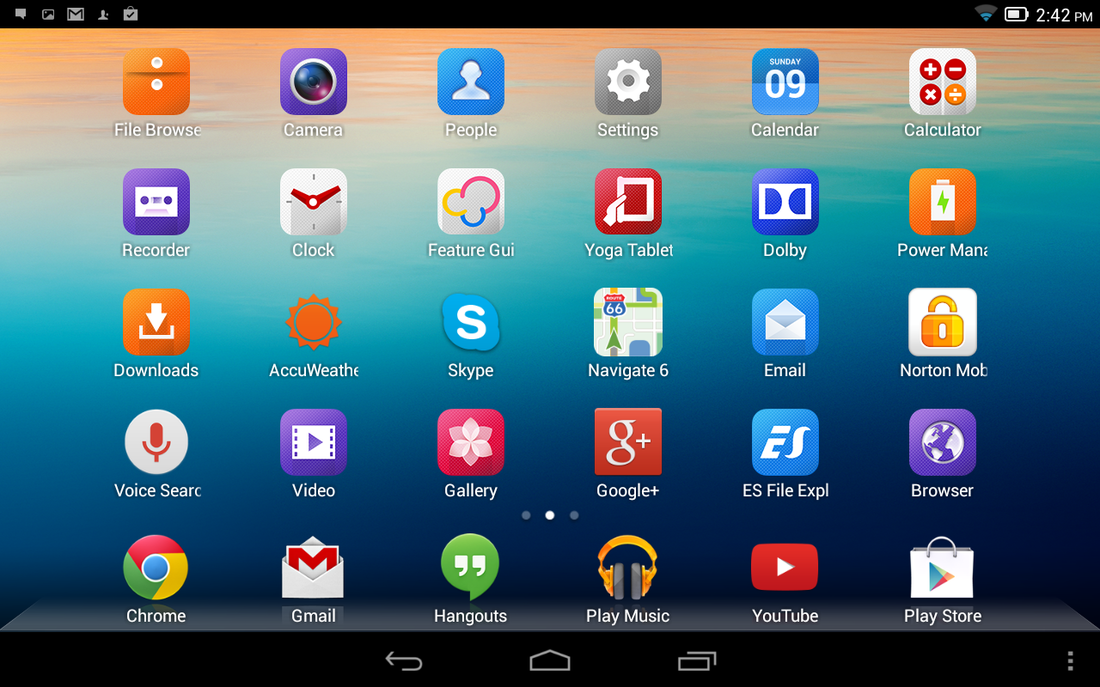
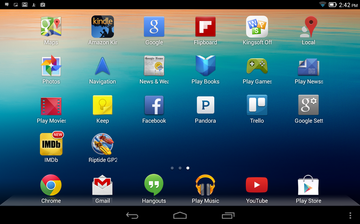
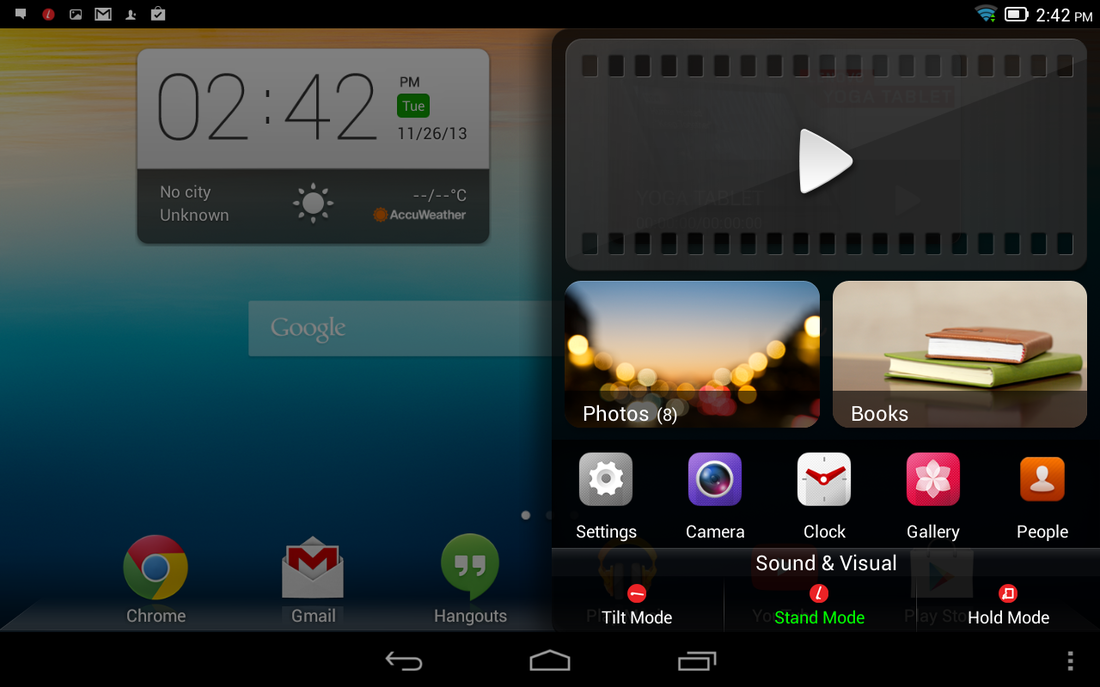
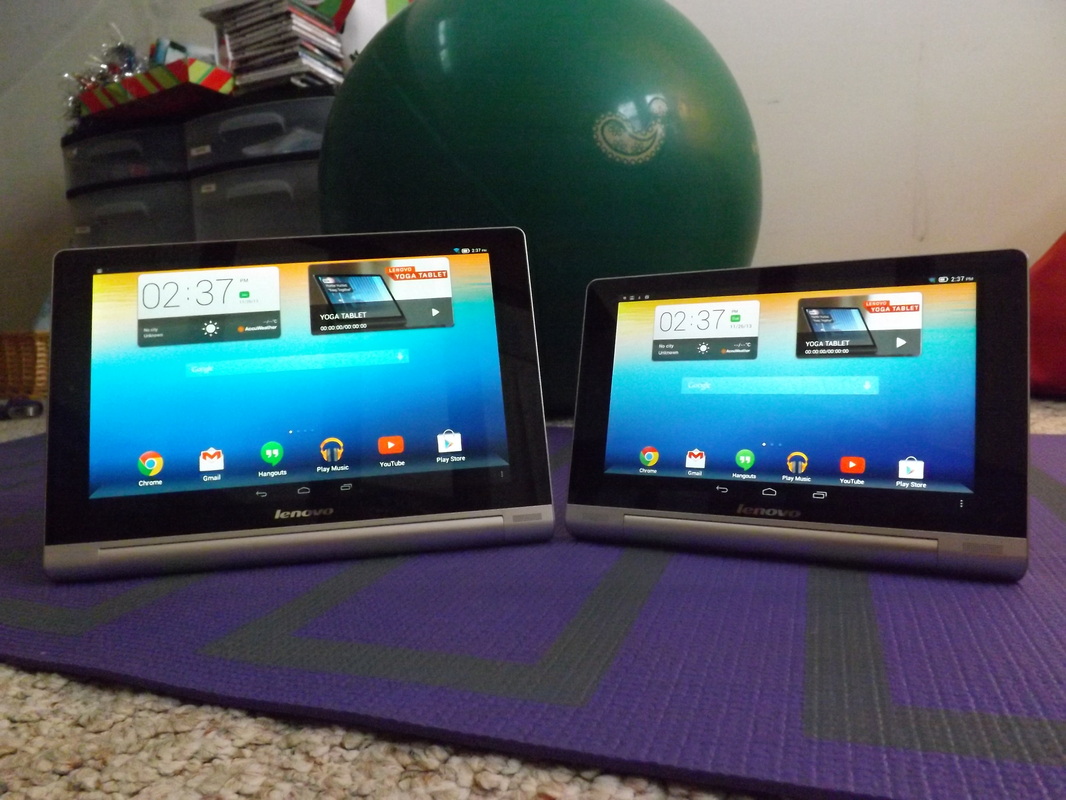
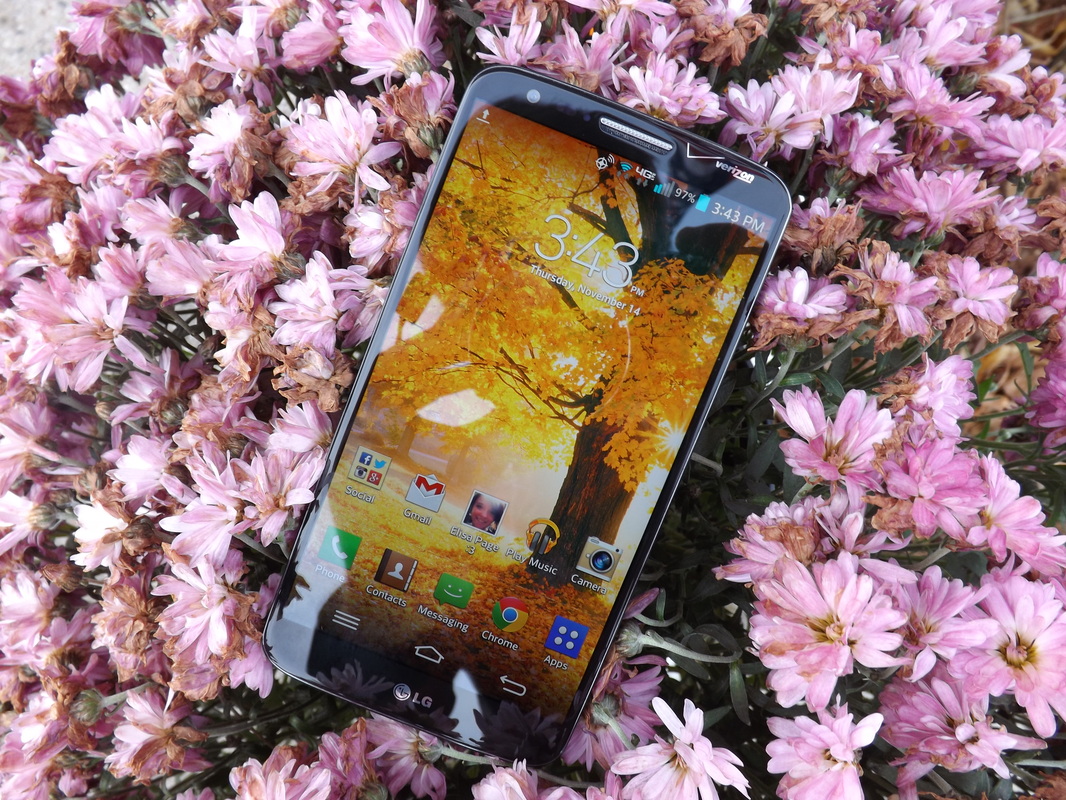
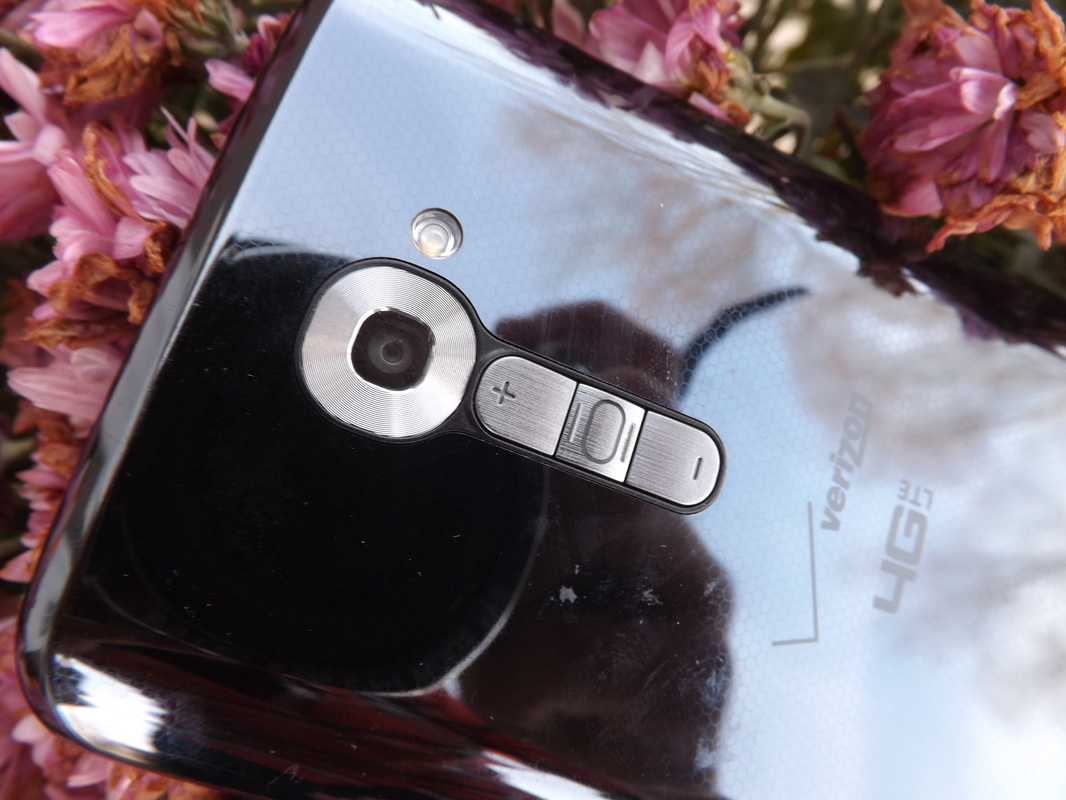
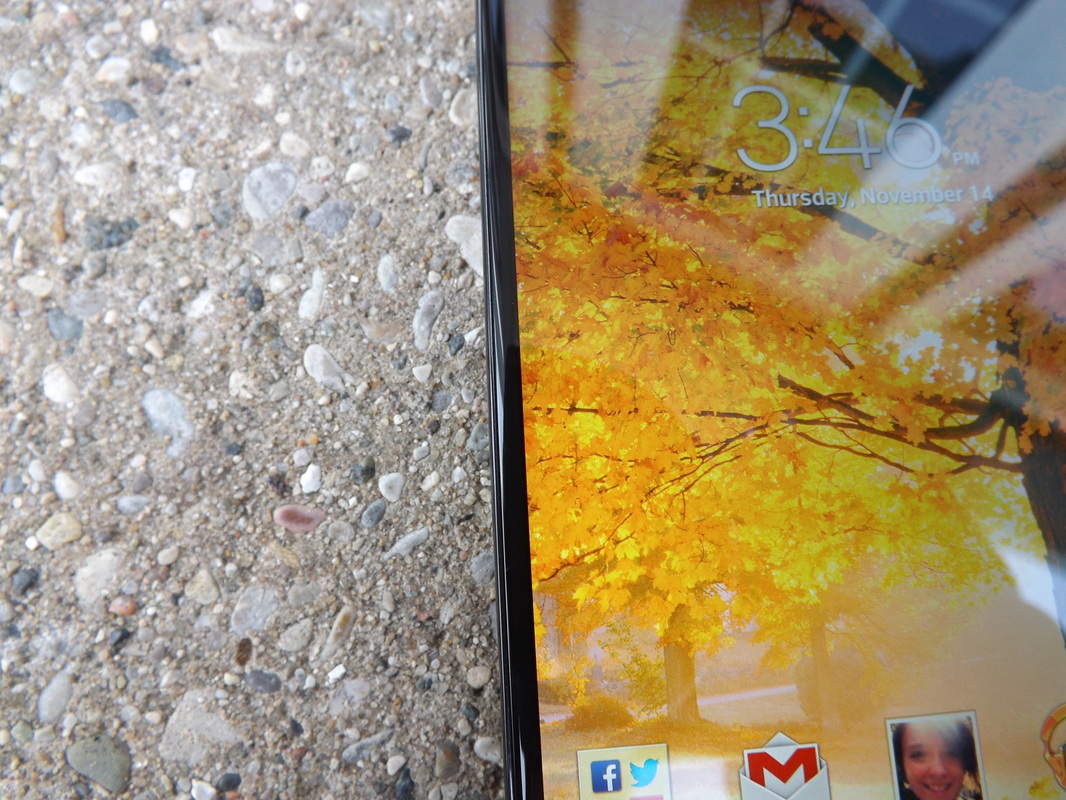
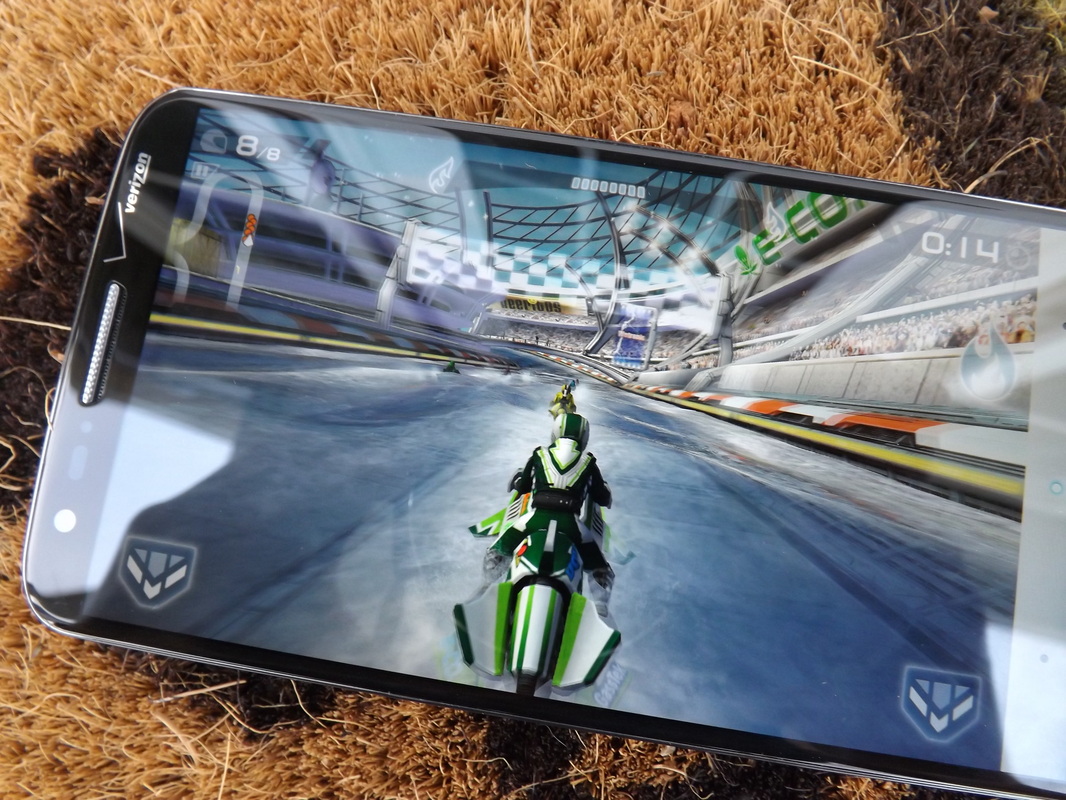
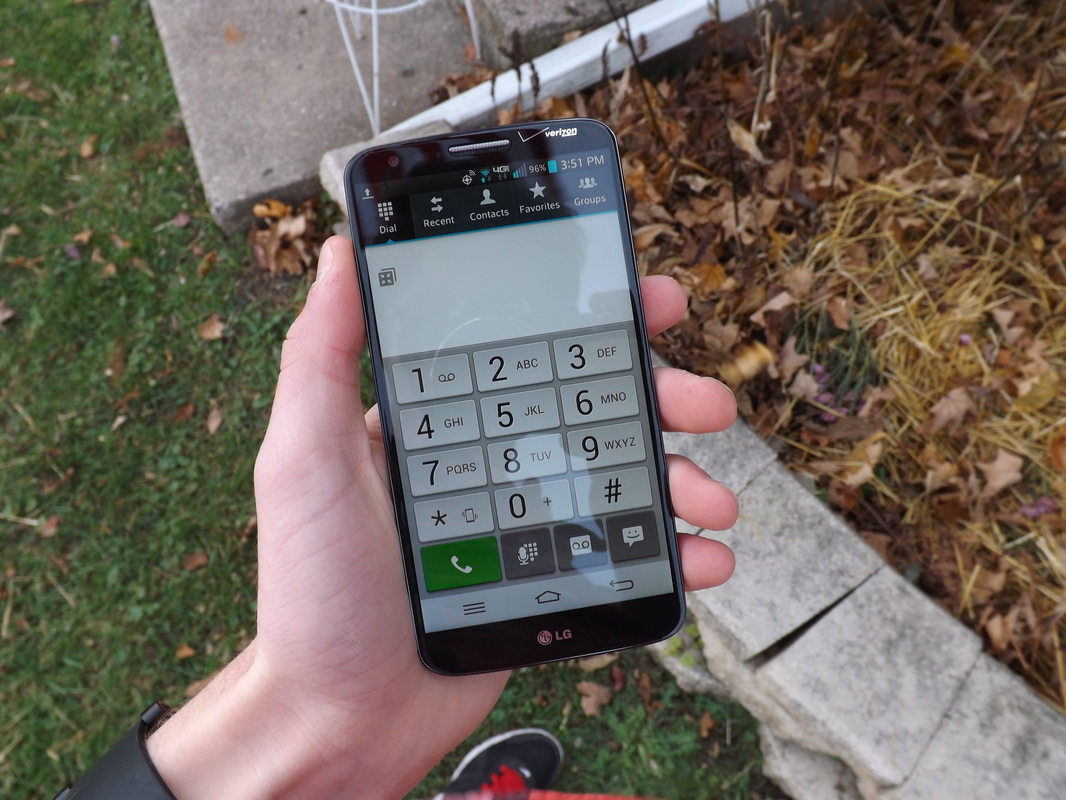
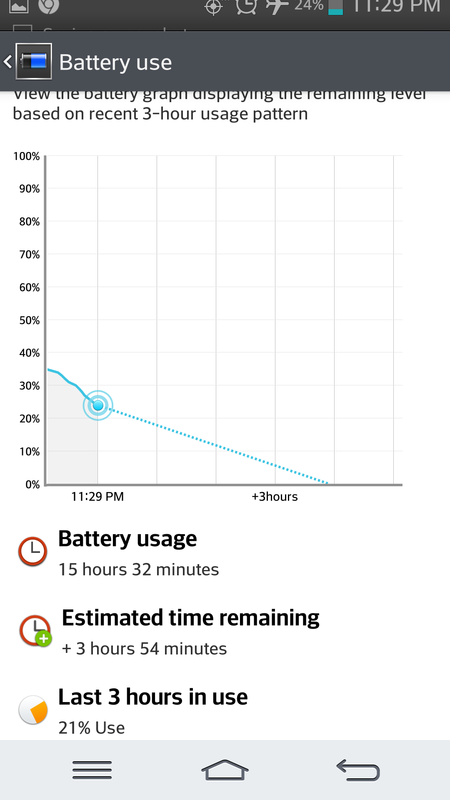

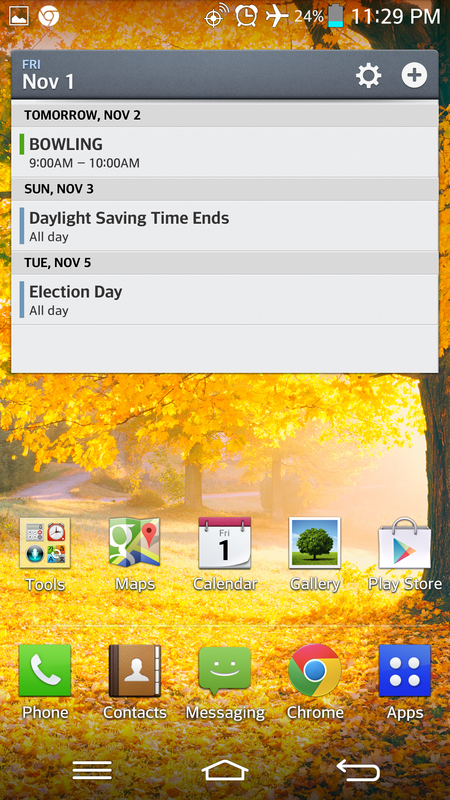
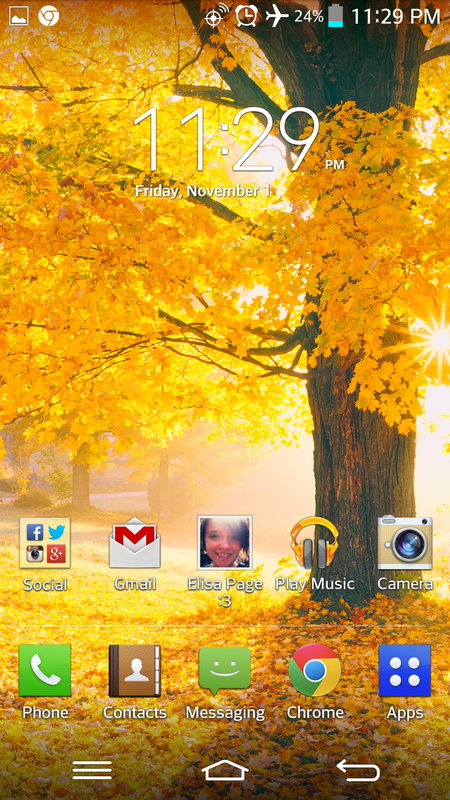
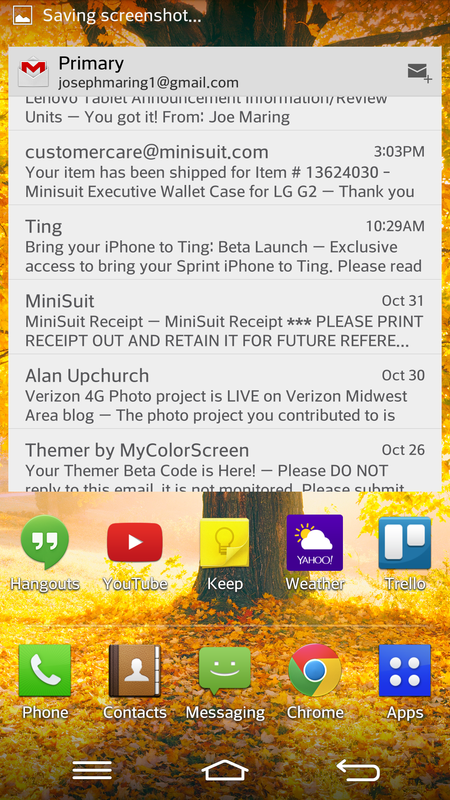
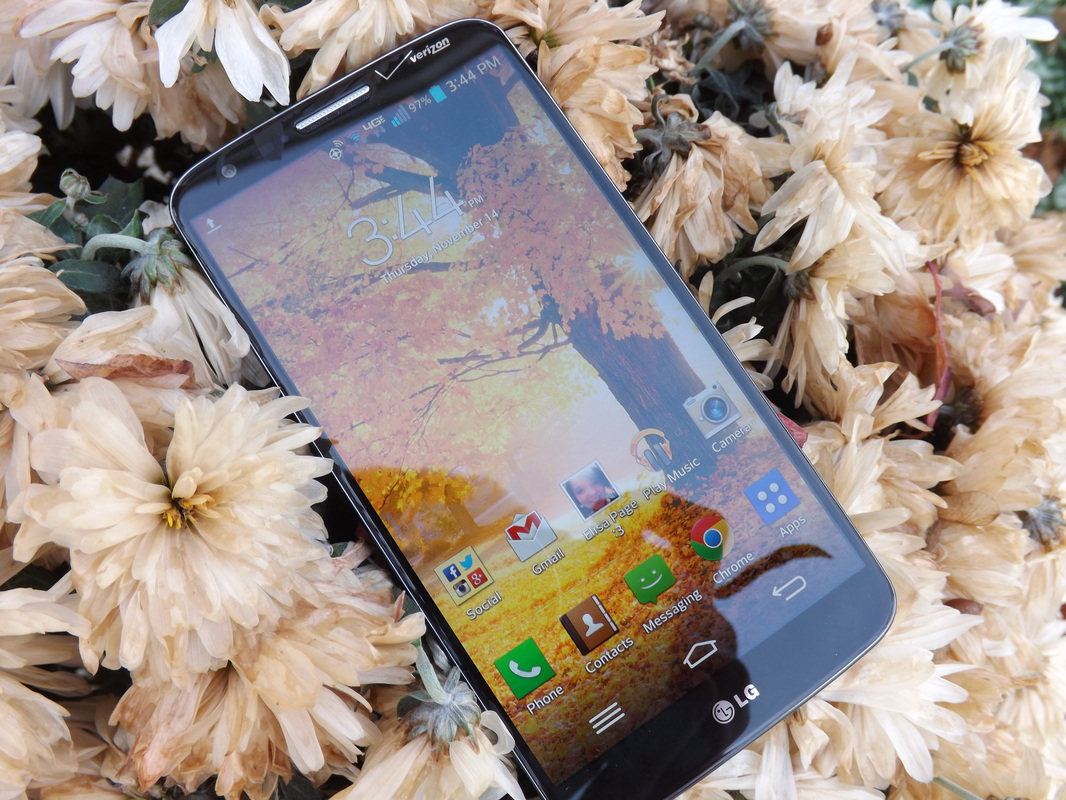
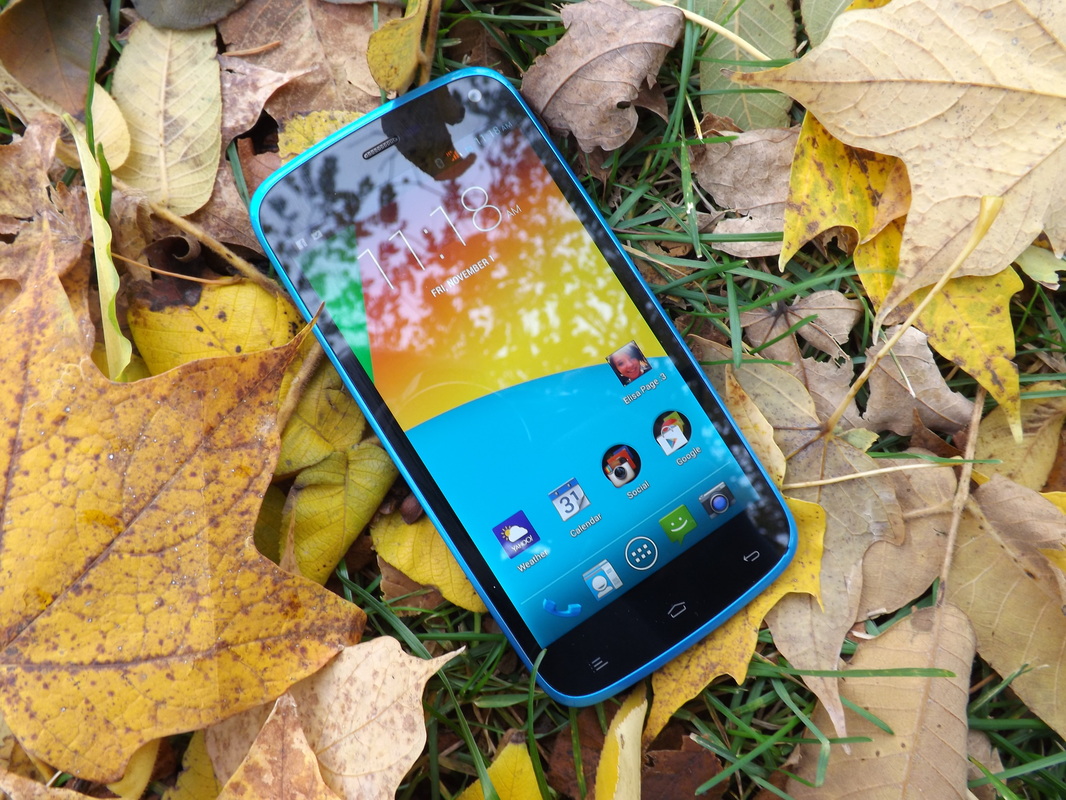
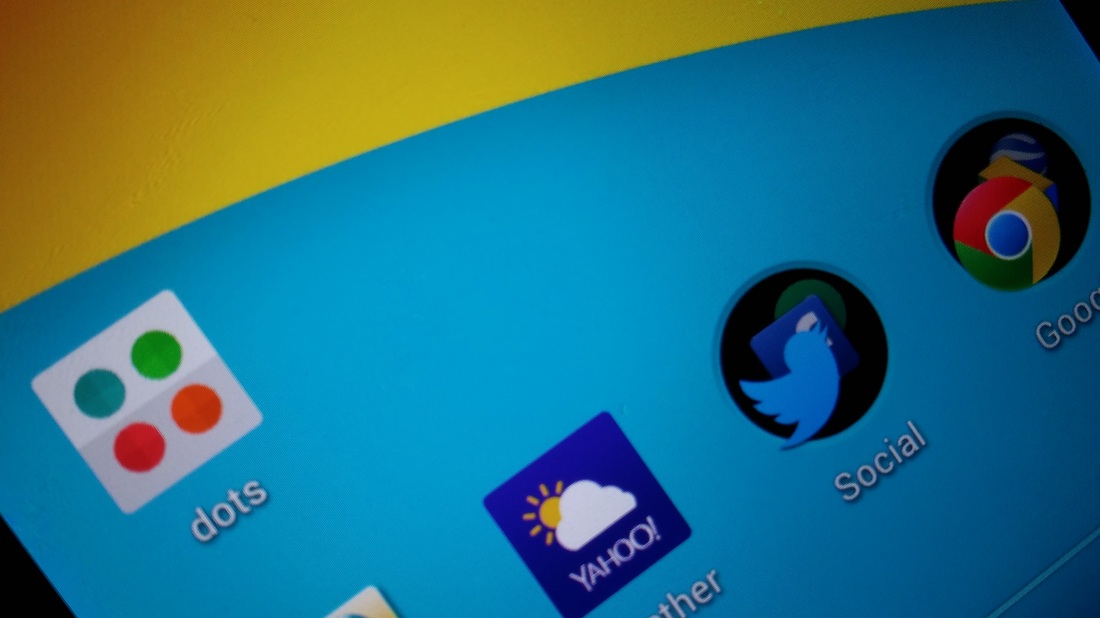
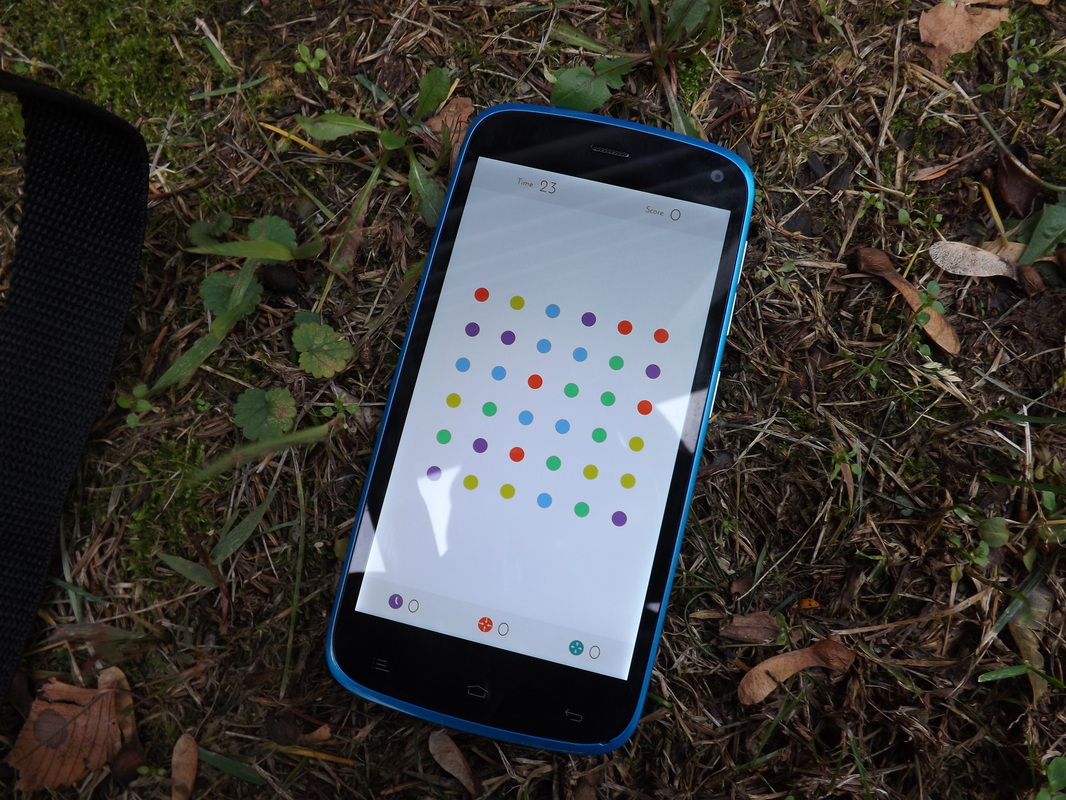
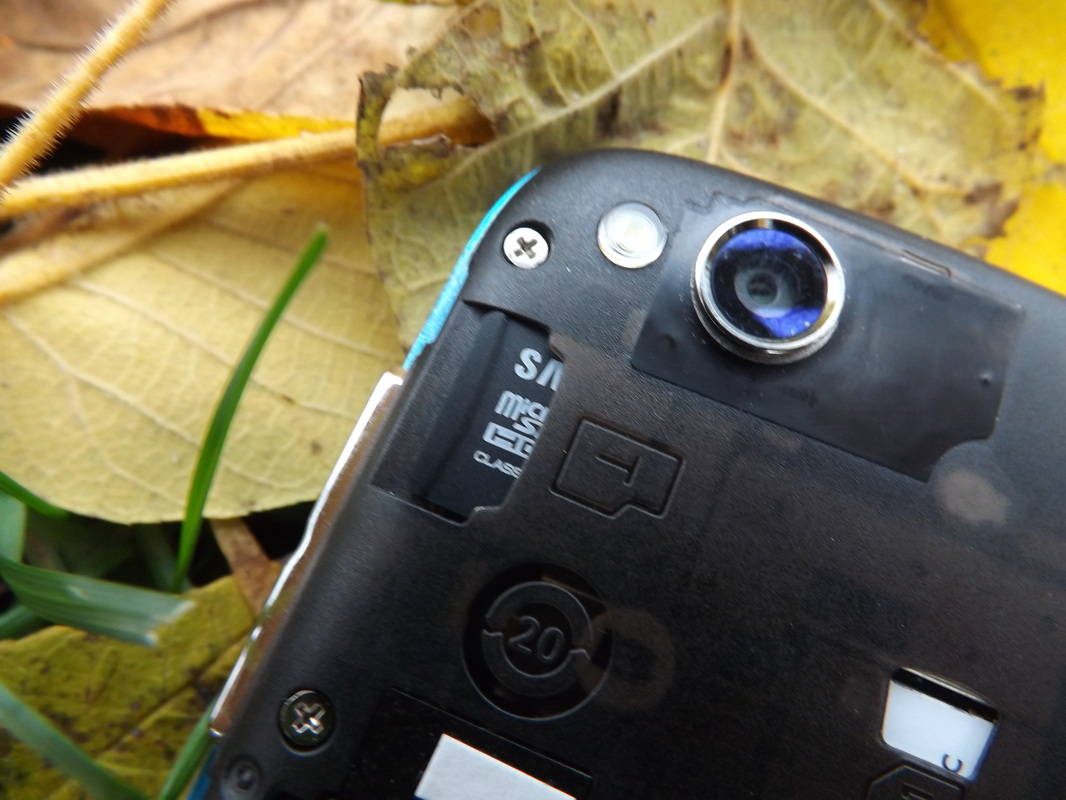
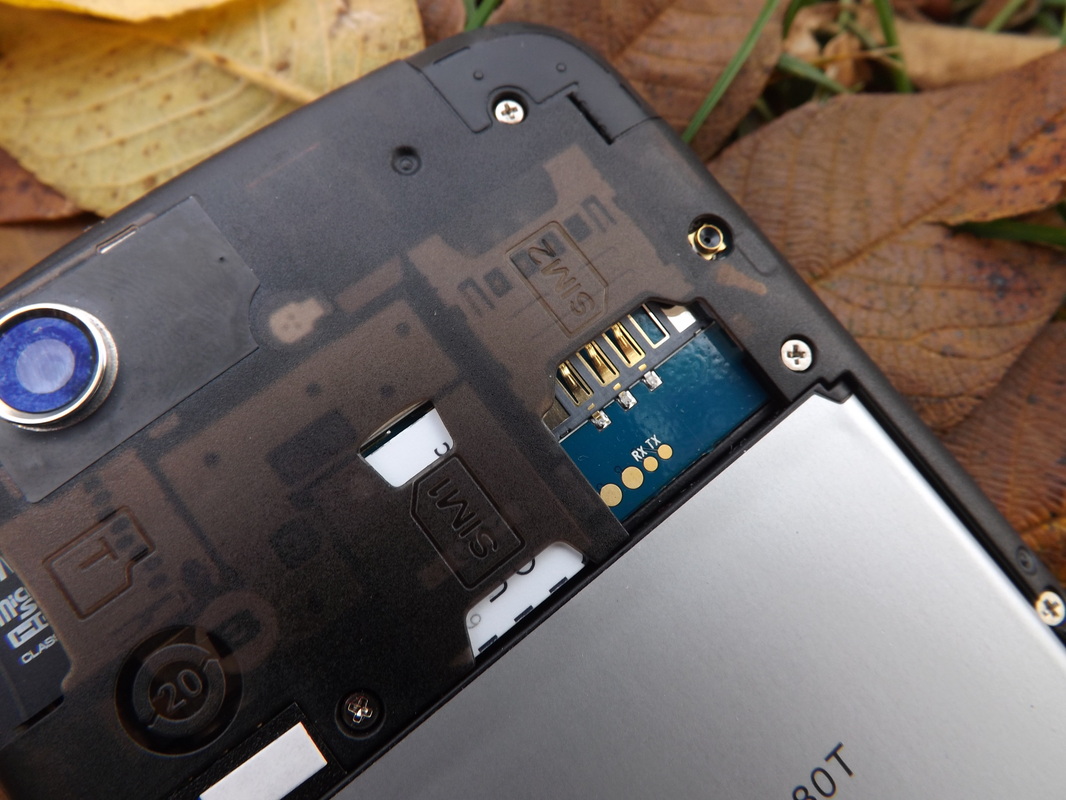
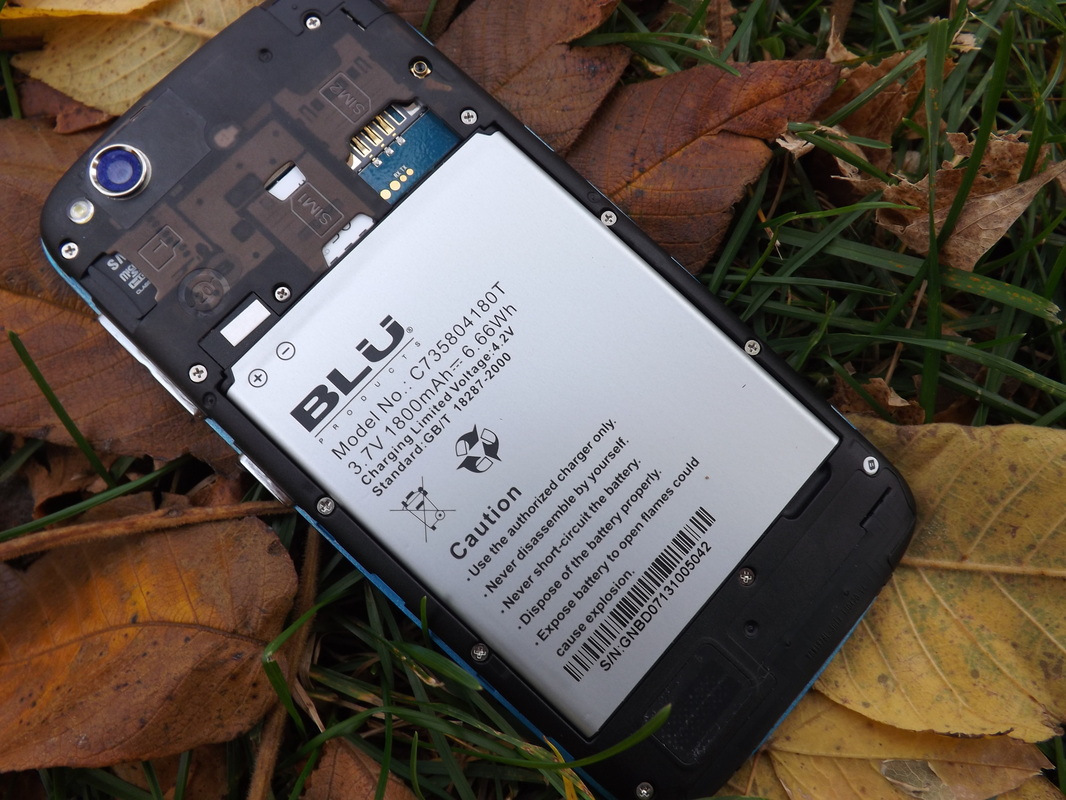
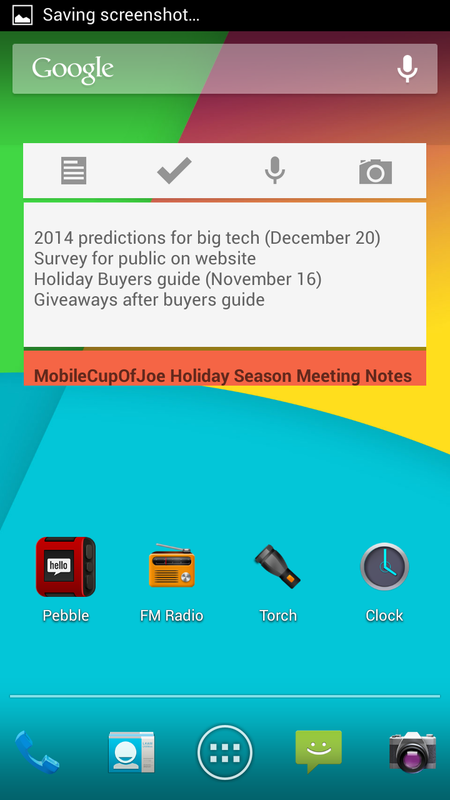
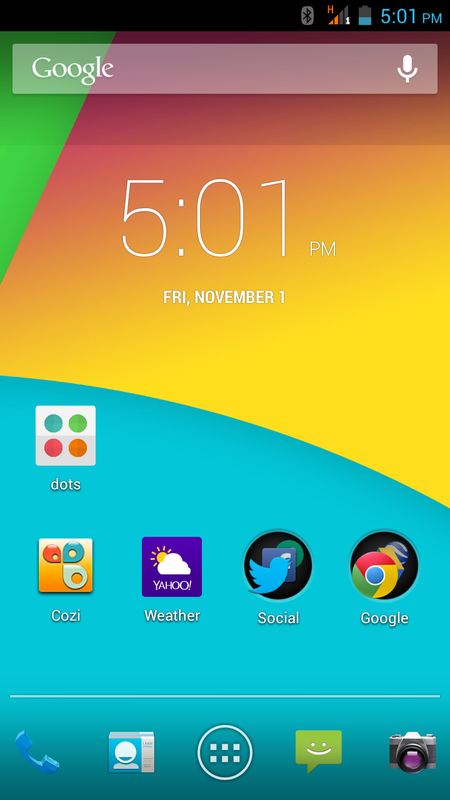
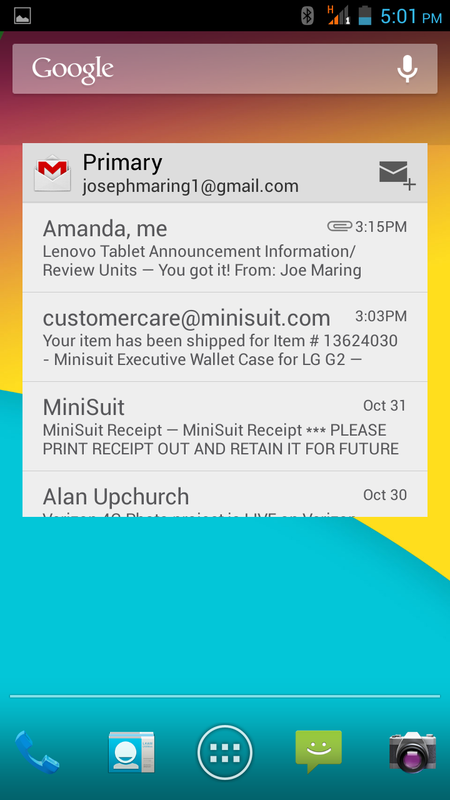
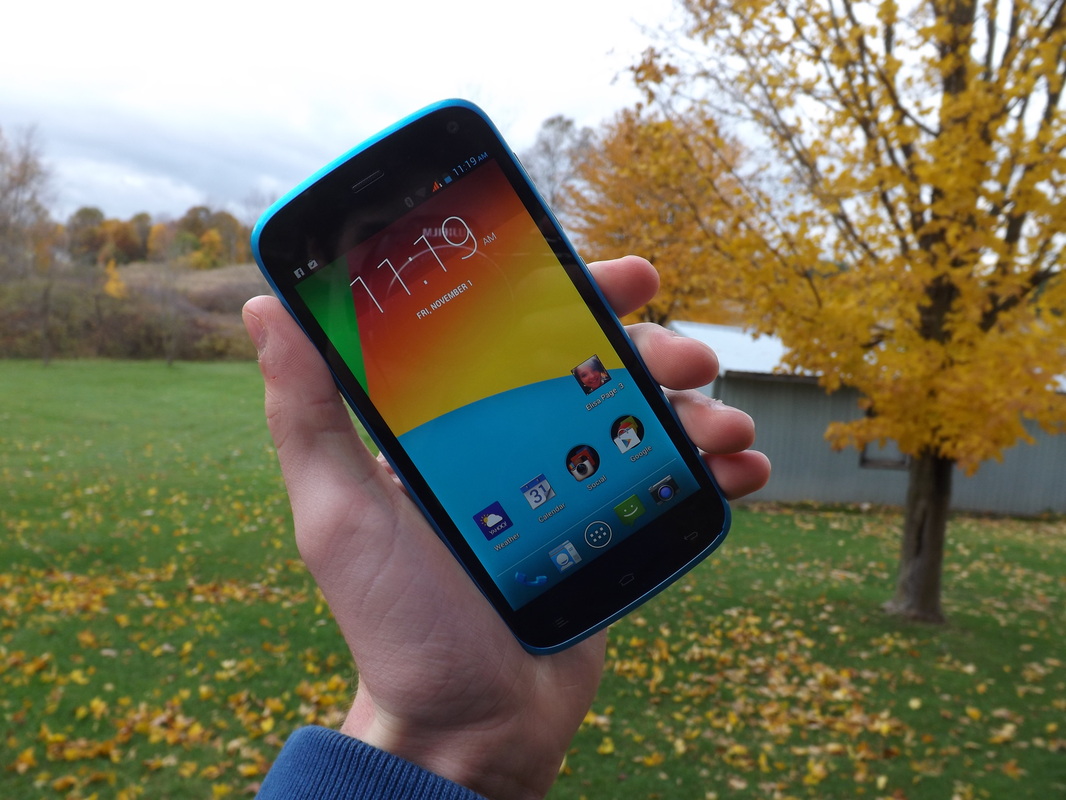
 RSS Feed
RSS Feed